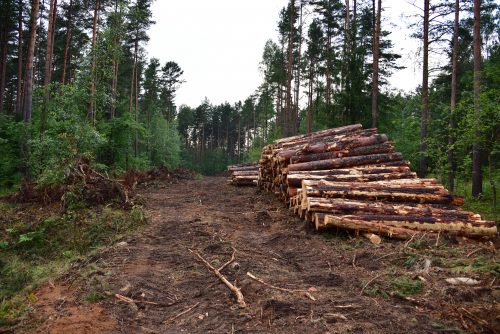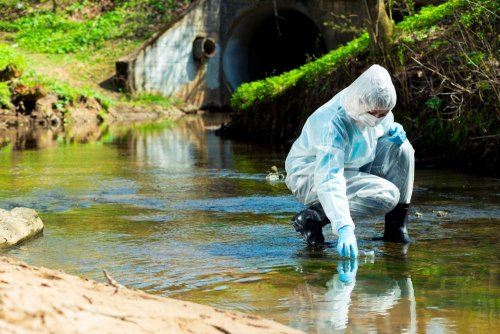The government has approved the Procedure and Criteria for classifying certain substances or items as by-products.
According to the press service of the Ministry of Environmental Protection, this decision was made in accordance with Article 5 of Directive 2008/98/EC and in compliance with the requirements of the Waste Management Framework Law.
The key provisions of the Government's decision include:
- from now on, substances and objects that are formed during the production of the main products and are suitable for use as raw materials or finished products can be considered in Ukraine not as waste, but as by-products;
- at the same time, the producer himself will make the decision to classify certain residues as by-products;
- he must enter relevant data into the Waste Management Information System and pass a test for compliance of his residues with all established criteria for by-products;
- and introduce a quality management system that must meet national standards and be certified;
- every quarter, the manufacturer will report on the classification of production residues as by-products.
"For example, up to 31% of wood waste is generated in the manufacture of door and window blocks, 30% in the production of parquet, and 54% in the production of furniture. And they can be reused instead of being sent to the landfill. Residues from flour milling, oil and sugar production can be used for feed production. Waste from sugar production can also be used as fertilizer for agricultural land. Slag from metallurgical activities in the EU is actively used in road construction. In general, the European cement industry is an important consumer of blast furnace slag," the ministry explains.
Implementing EU legislation, Ukraine is also adopting appropriate approaches.
"This decision is another step towards the implementation of the waste management reform in Ukraine. We implement this reform according to European standards, fully based on the experience and best practices of European countries. Do not throw away, but reuse – this is how the civilized world builds a circular economy, and Ukraine is gradually moving purposefully towards this model. This is about the rational use of resources and solving our long-standing problems with waste," commented the Minister of Environmental Protection, Ruslan Strelets.
As EcoPolitic reported earlier, on July 9 European integration Law No. 2320-IX "On Waste Management" came into force in Ukraine, which launches the garbage reform. The document is a framework, so it requires the adoption of a number of additional acts, most of which are still in the development stages.





